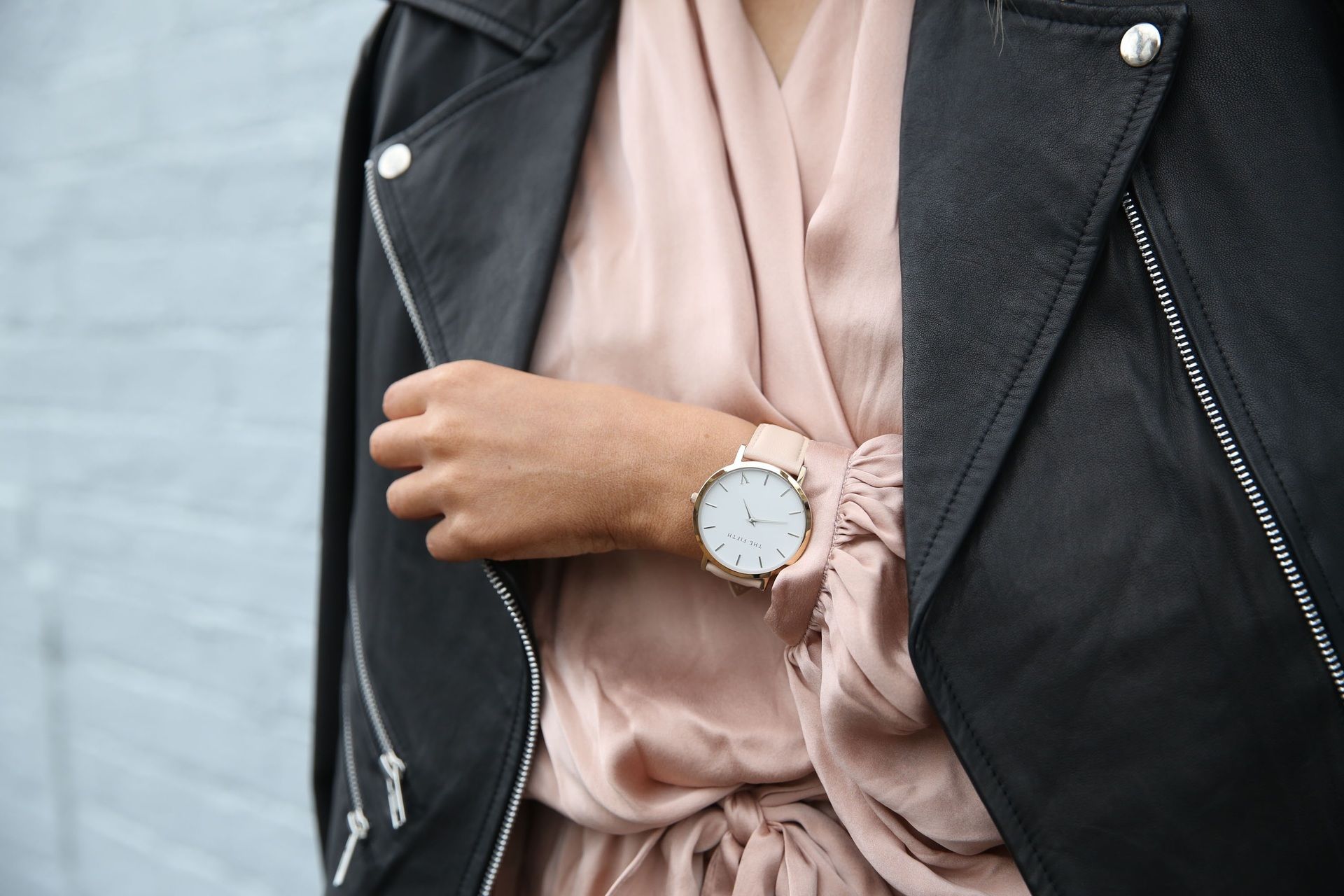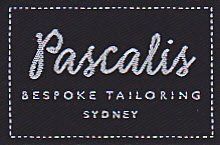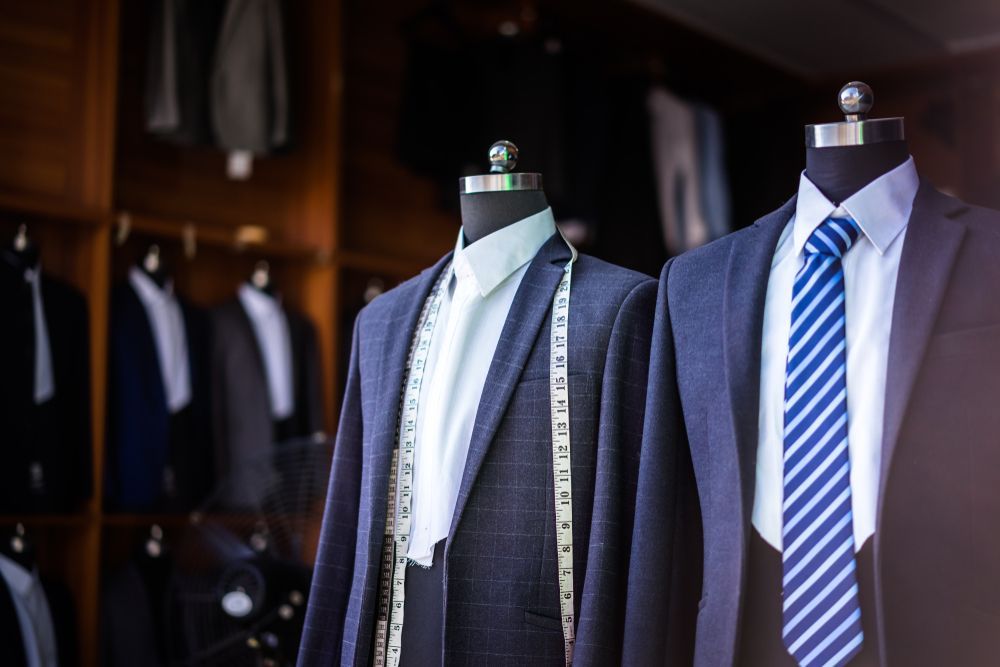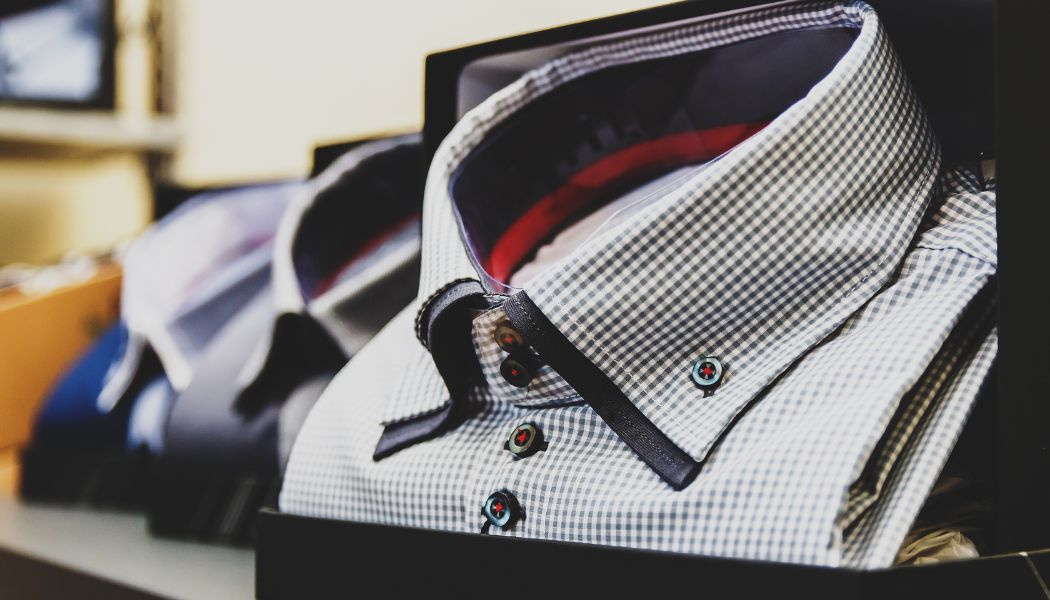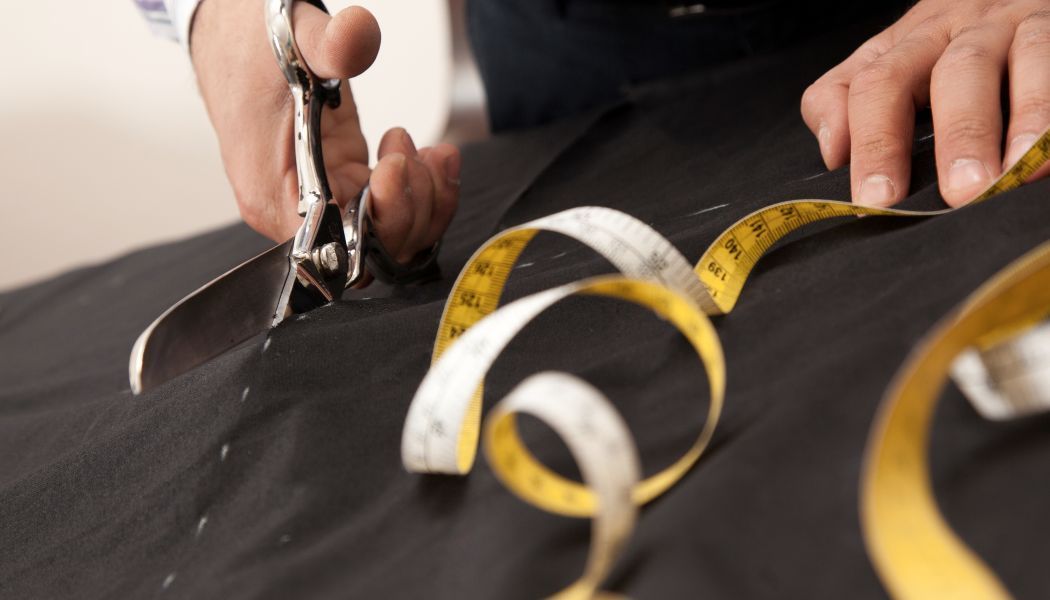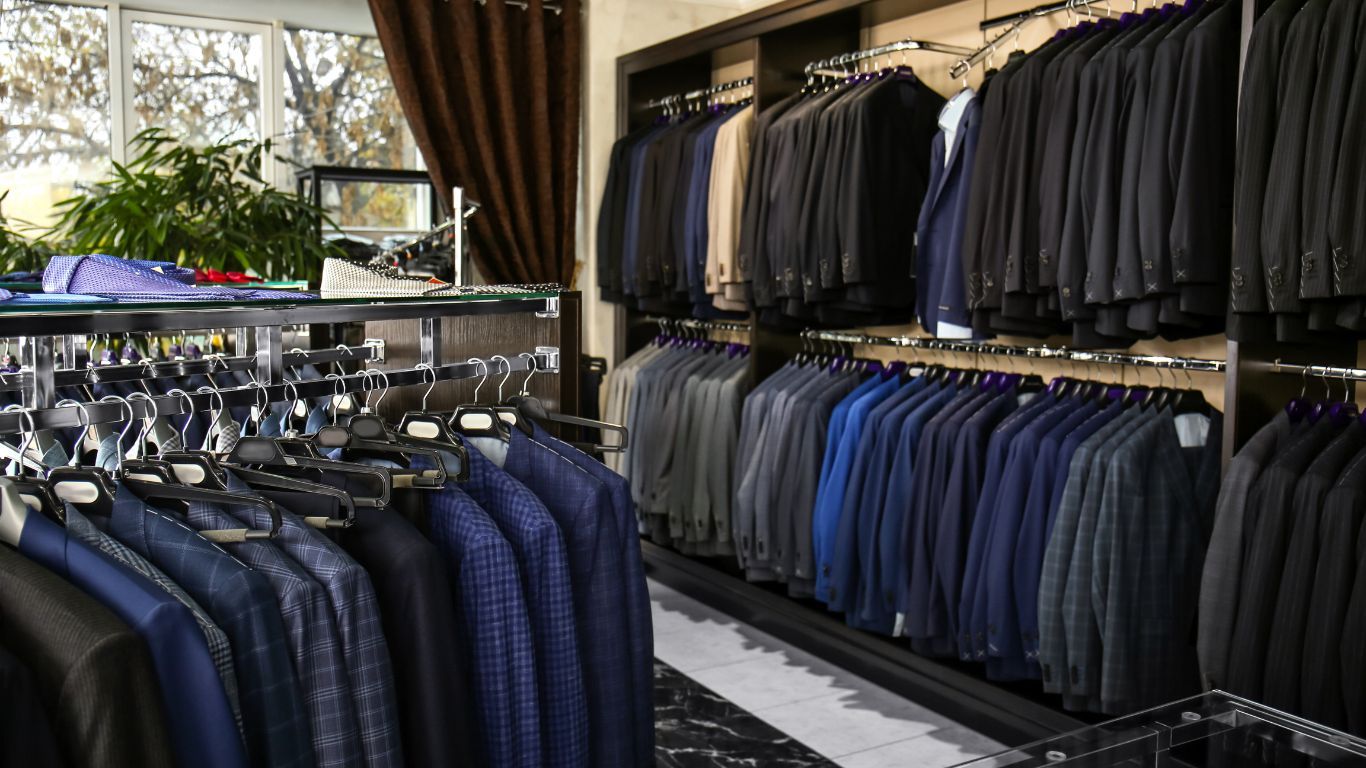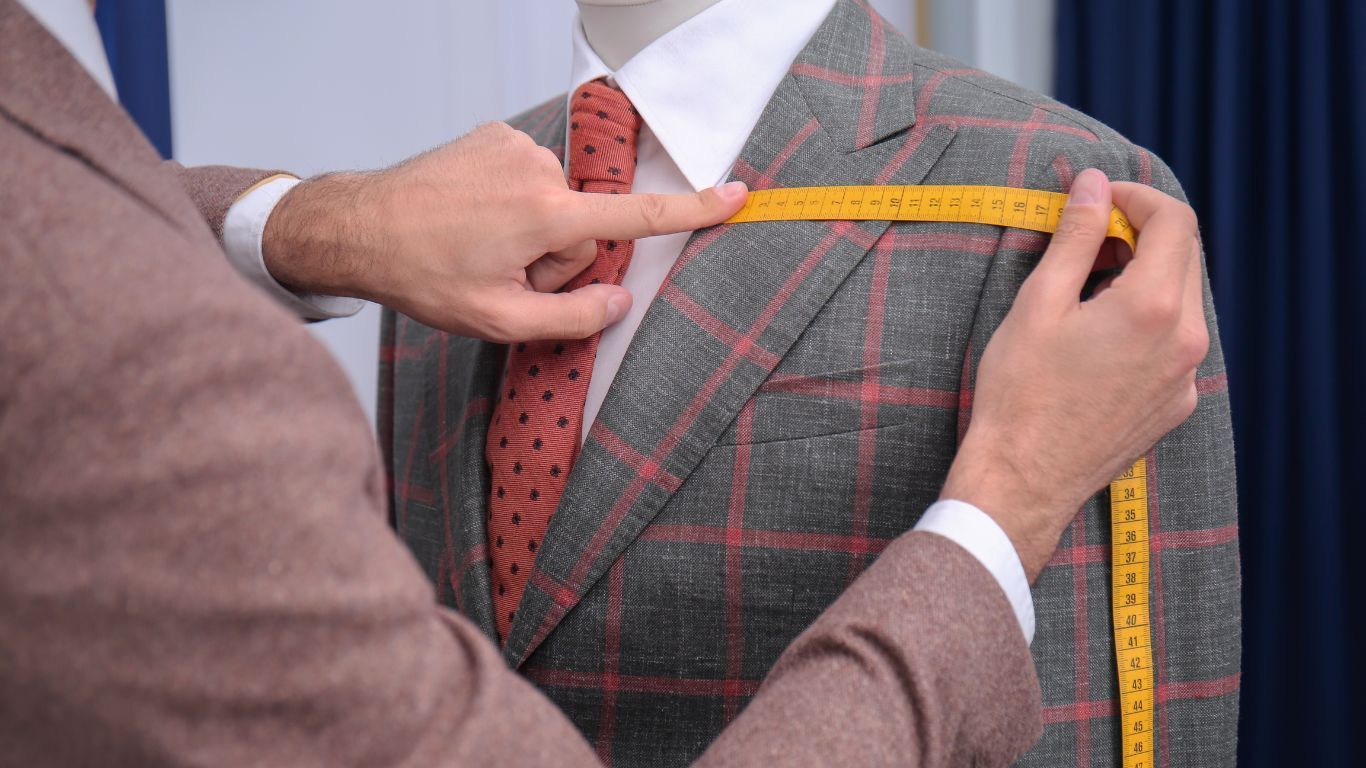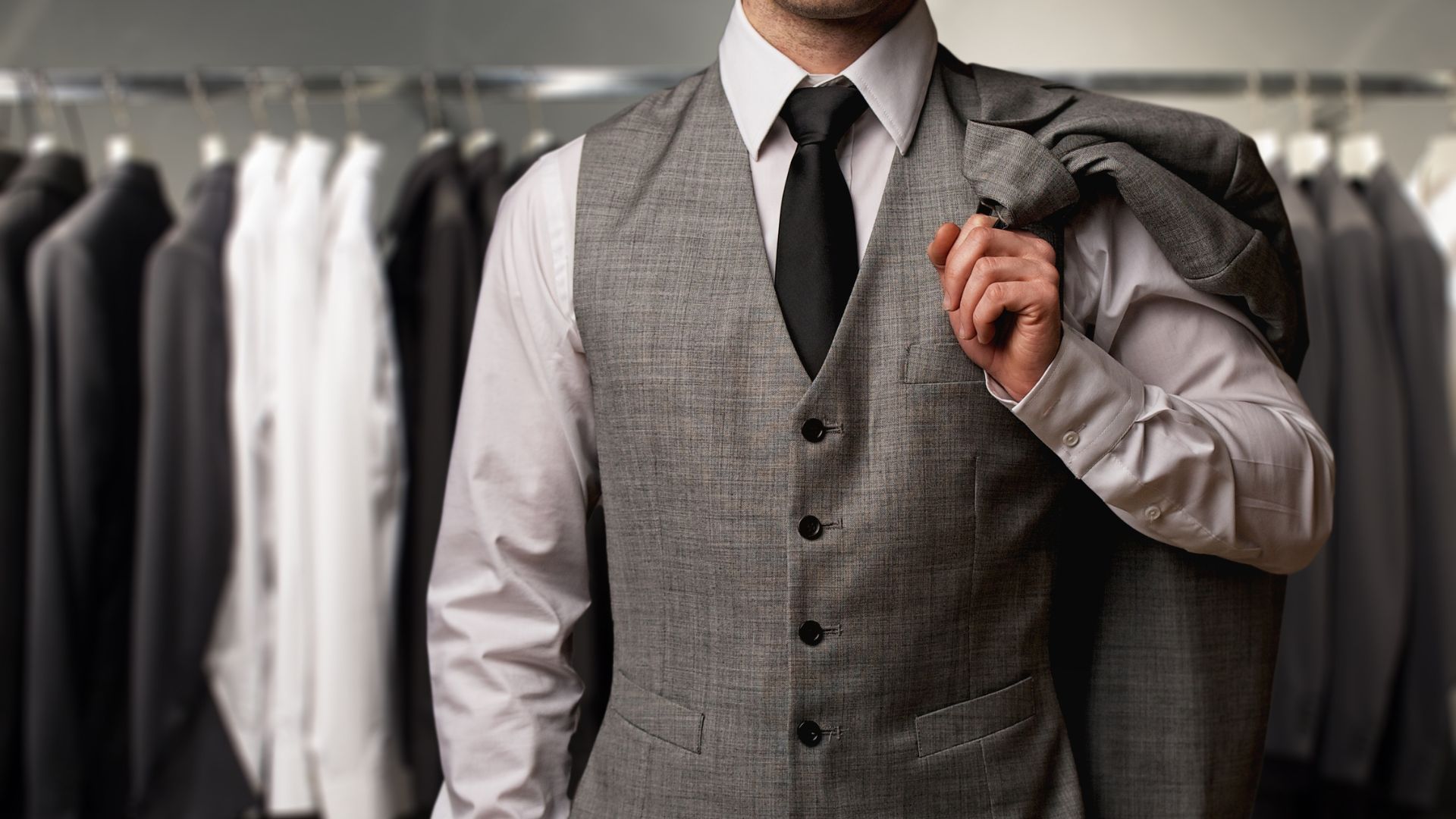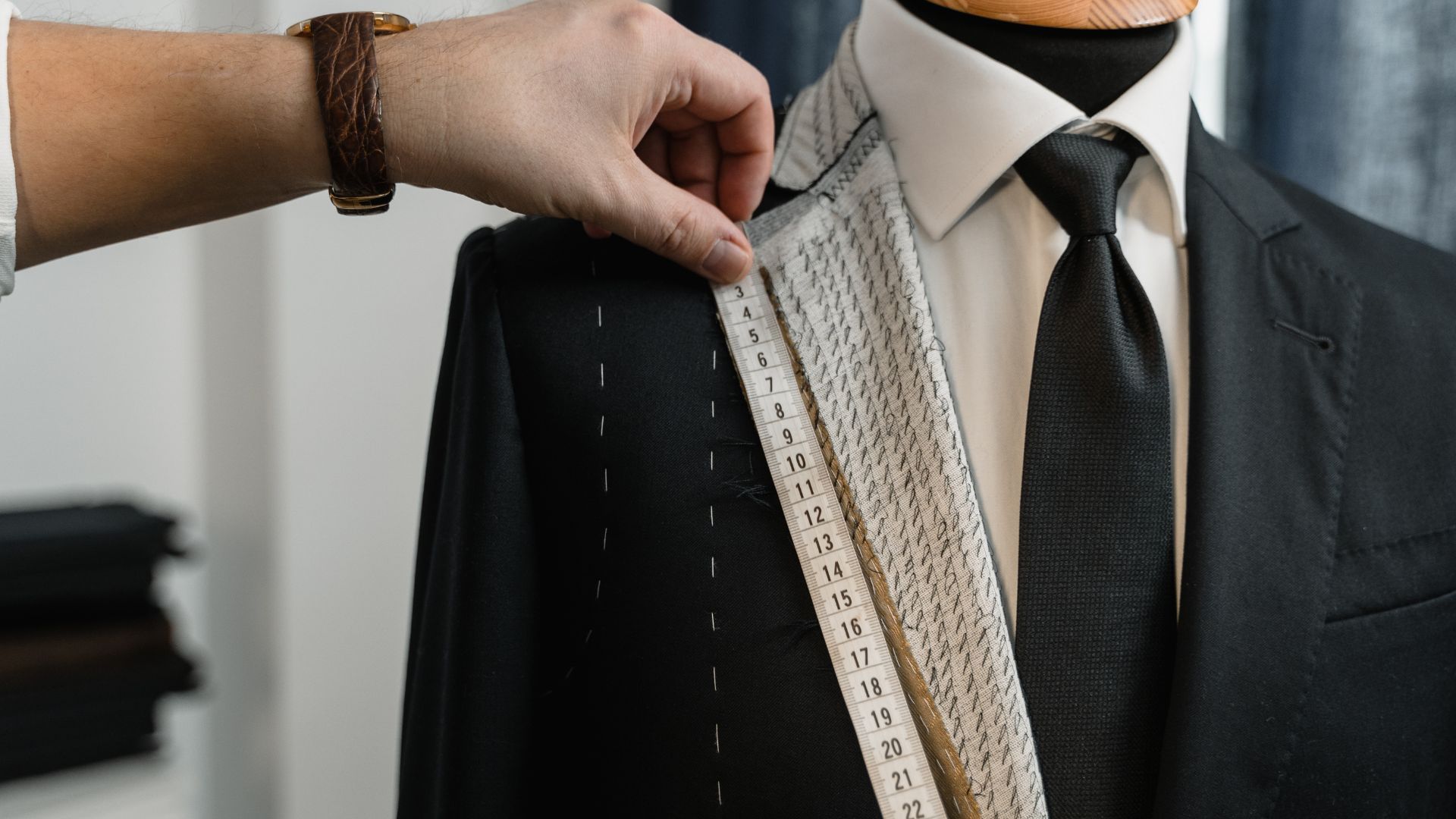Breathing New Life Into Old Favourites: The Art Of Alteration
Breathing New Life into Old Favourites: The Art of Alteration
One of the most common questions that we ask people that step through our doors is “what do you want to achieve your perfect fit?” It seems like such a simple question, but it can have a powerful impact not only a person’s wardrobe, but the very way that they wear clothes.
We live at a time where senseless “fast fashion” and rampant consumerism can make it far too easy for people to throw things away. It may even be a piece of well-worn and loved clothing, but circumstances in a person’s life changes, and that piece of clothing might no longer fit in the same way, or perhaps there are fewer opportunities to actually wear it.
Either way, it then sits in the wardrobe, gathering dust, until a Spring cleaning claims it as a casualty.
That’s why we ask the question that we do. By asking it, we learn how to make the garment relevant to that person’s life all over again, and it’s amazing how bespoke alteration services can then find new life.
For there part, the customer’s first big question is “how much will that cost?” There is a perception that there is a premium attached to the work of a quality tailor. However, the reality is that the investment is worth it, and most of our customers also see that. The cost of alterations is often significantly less than purchasing a new, high-quality garment, and the result is a piece that fits perfectly and feels just right.
But more than that, a new garment needs to be “broken in,” and an alteration to an existing garment maintains its sentimental value. Perhaps it was something that the client wore when they met their spouse. Or it’s the “lucky suit” that they’ve always relied on for confidence when trying to land a dream job or promotion.
When you’ve got a really high quality, well-fitting garment, the sentimental value that can accumulate on it can be incredible, and not only is it cheaper to alter a fine piece of clothing than buy a new one, but it also offers much deeper value.
Whether the goal is to expand a suit for a more relaxed, corporate appearance or to tailor it down for a leaner, contemporary silhouette, the alteration process is both an art and a science. Preserving its quality as a person goes through all the changes that they do in life requires a deep understanding of fabric, structure, and the client's vision.
One common alteration we encounter at Pascalis Bespoke is the need to adjust garments to accommodate changes in body shape or lifestyle. As bodies change over time, so too must the clothes that adorn them. For example, expanding the waistband of a pair of trousers can provide additional comfort for someone who has gained muscle or weight. Conversely, slimming down a jacket can both suit someone who has lost weight, and give the garment a more modern look.
Of course, what can be achieved also comes down to the quality of the garment in the first place. Quality garments are typically designed with allowances for alterations. This means they have extra fabric in key areas that can be let out or taken in as needed. For instance, suits and trousers often have extra seam allowances that can be used to expand the garment. For men with robust thighs, a fork piece can be inserted to replace worn-out fabric, providing both comfort and durability. Similarly, adjusting the side seams and vents of a jacket can help achieve a more balanced and proportionate silhouette. These techniques are not just about making clothes bigger or smaller; they are about ensuring the garment fits the wearer’s body perfectly, enhancing both comfort and appearance.
Shirts, too, benefit from the expert touch of a skilled tailor. Whether it's shortening sleeves, taking in the sides, or adjusting the collar, each alteration helps to create a garment that looks and feels custom-made.
The satisfaction of seeing an old favourite restored to its former glory is unparalleled, and our clients often express amazement at the transformation. Our commitment to excellence ensures that every alteration is performed with precision and care, so your beloved garments never let you down.
And, finally, you’ll be doing something meaningful to reduce global waste. Did you know that not only does fast fashion result in a lot of material being thrown into landfill, but the industry is, all by itself, responsible for nearly 10% of global carbon emissions? Not only will your wardrobe thank you by taking a trip to the leading tailors for suit alterations Sydney has to offer by making good use of alterations and quality garments, but so will the environment.

